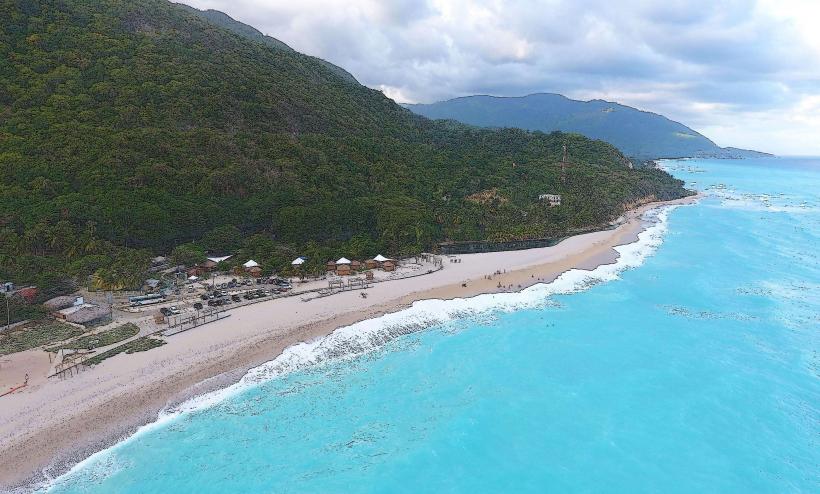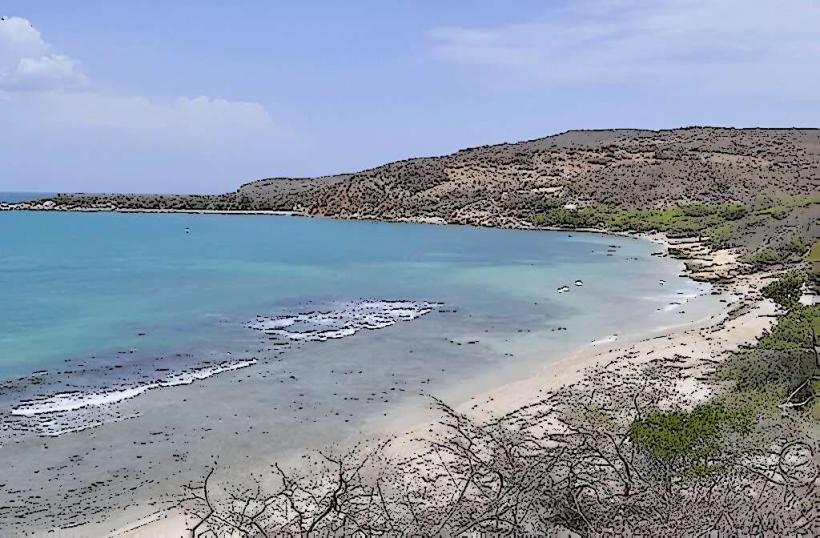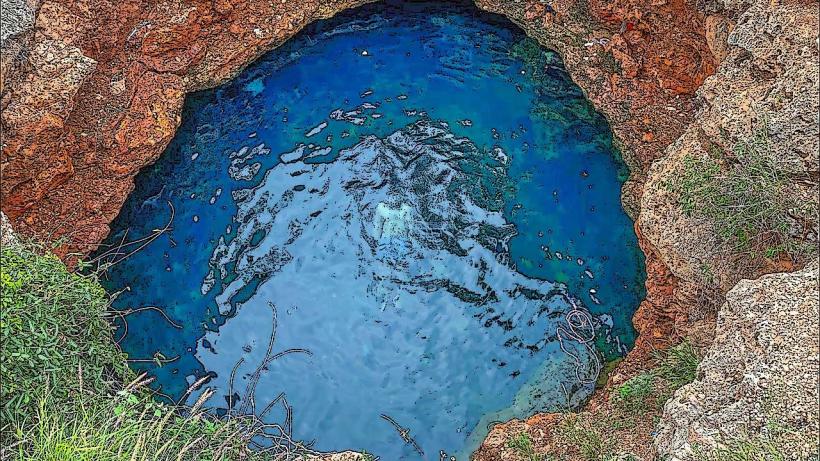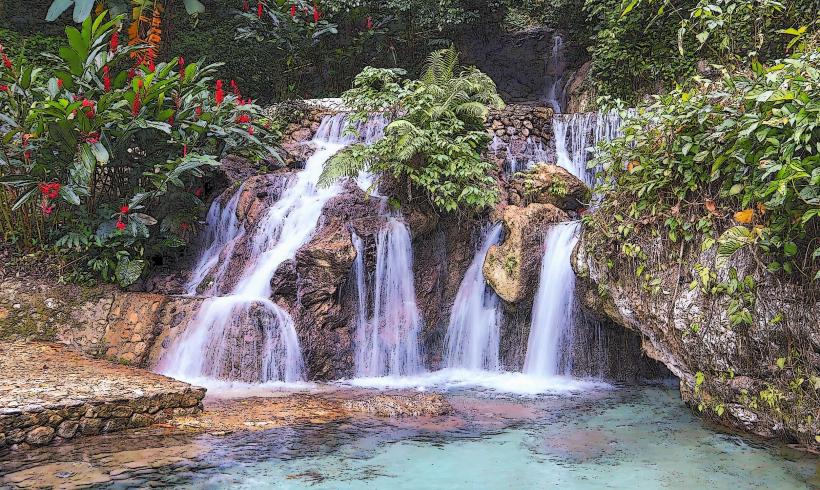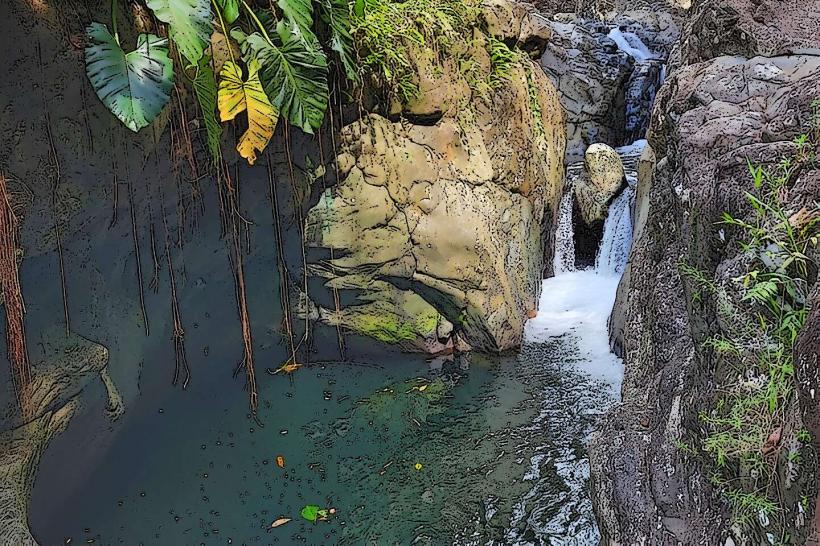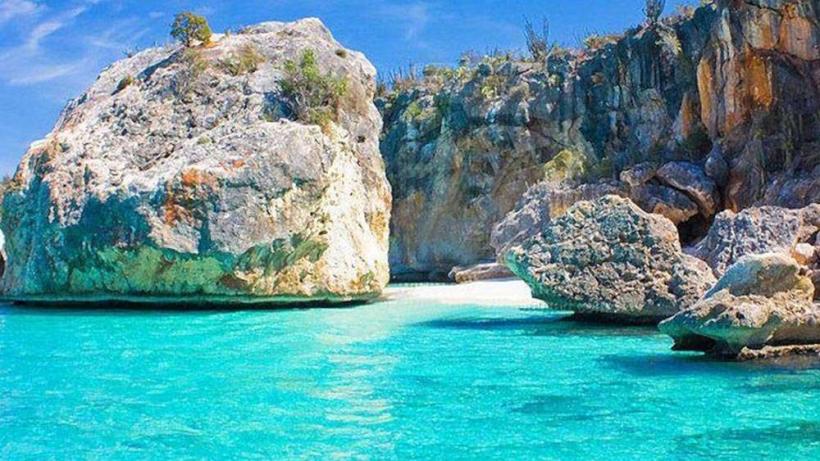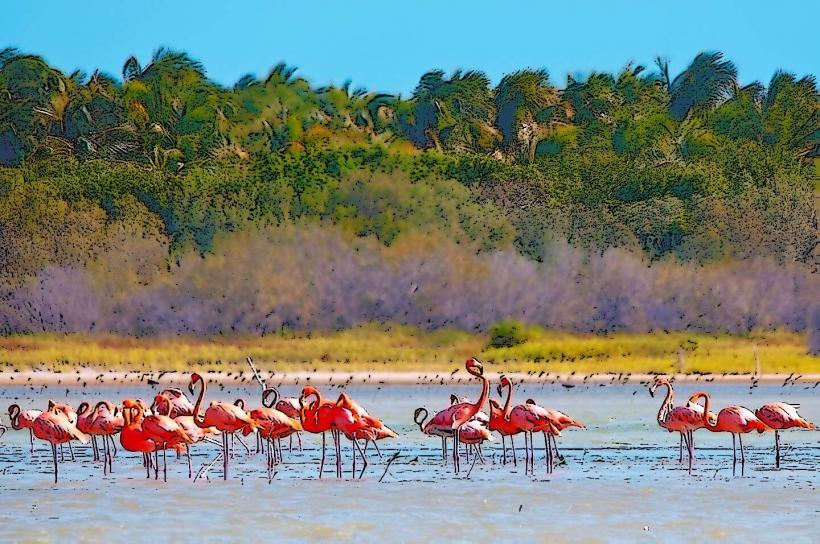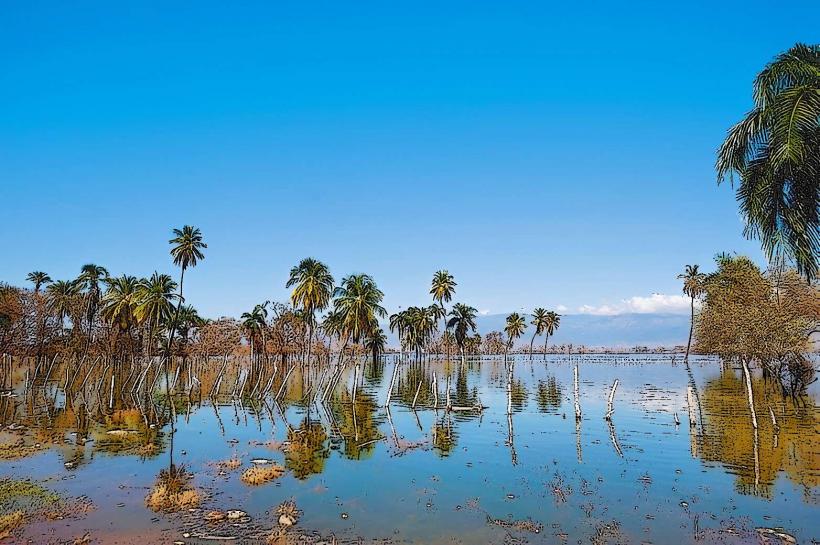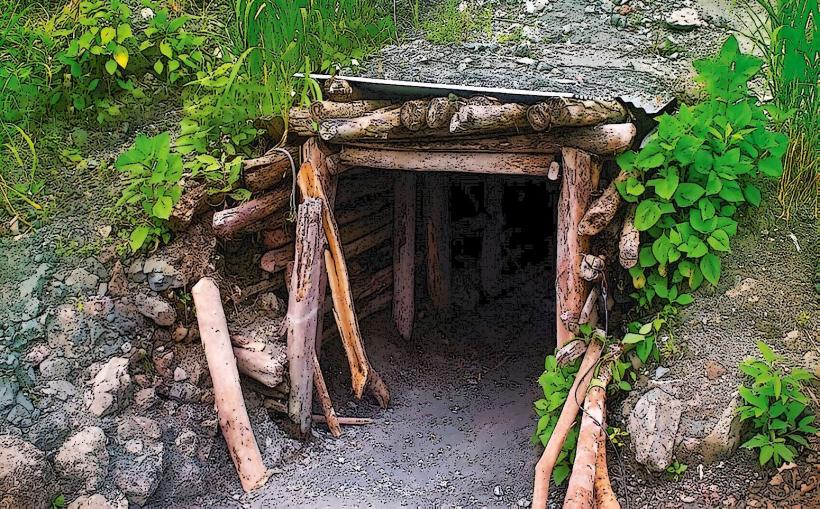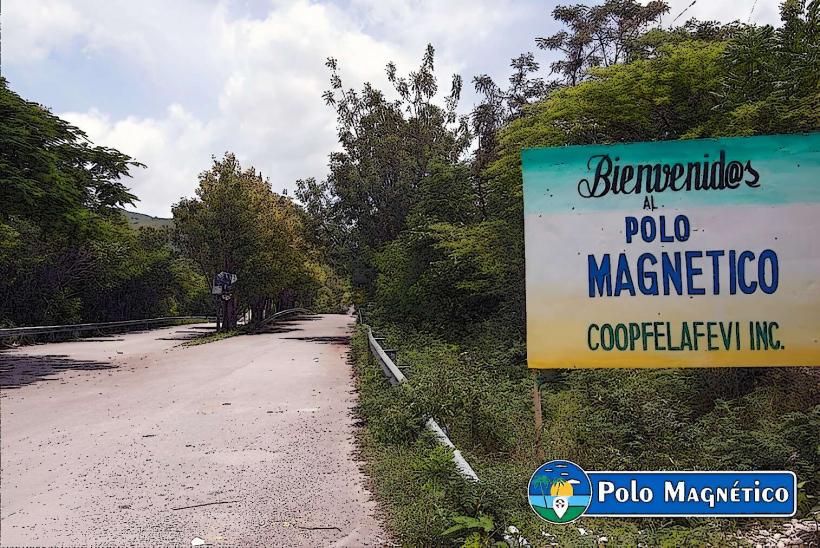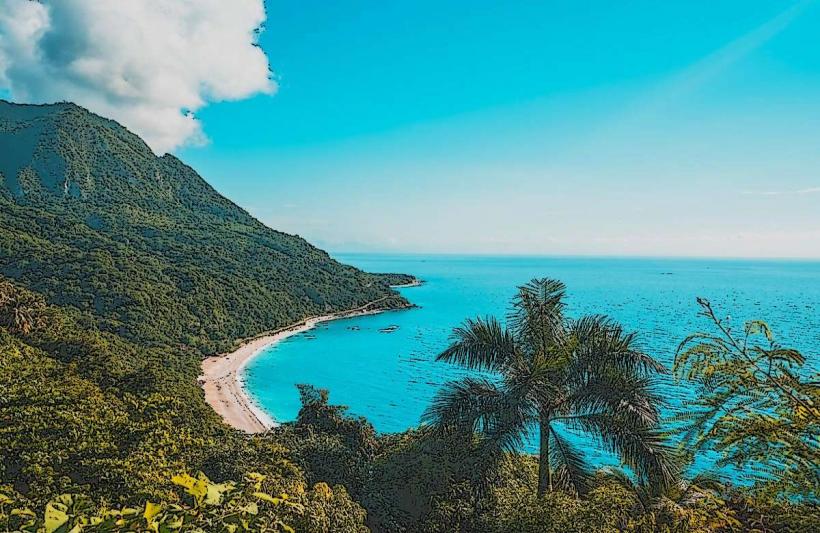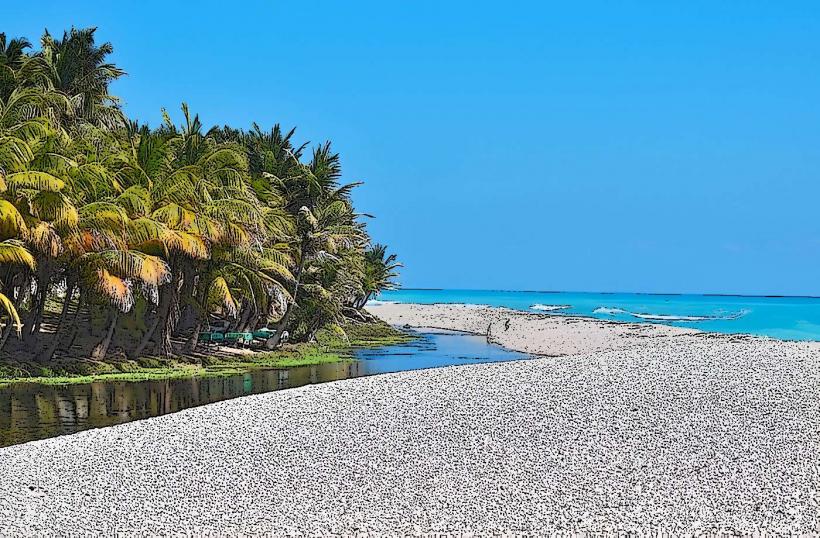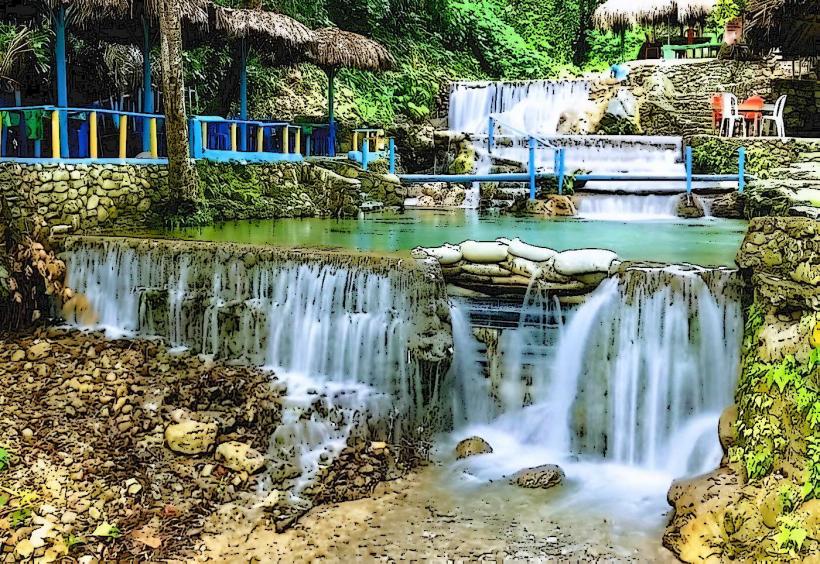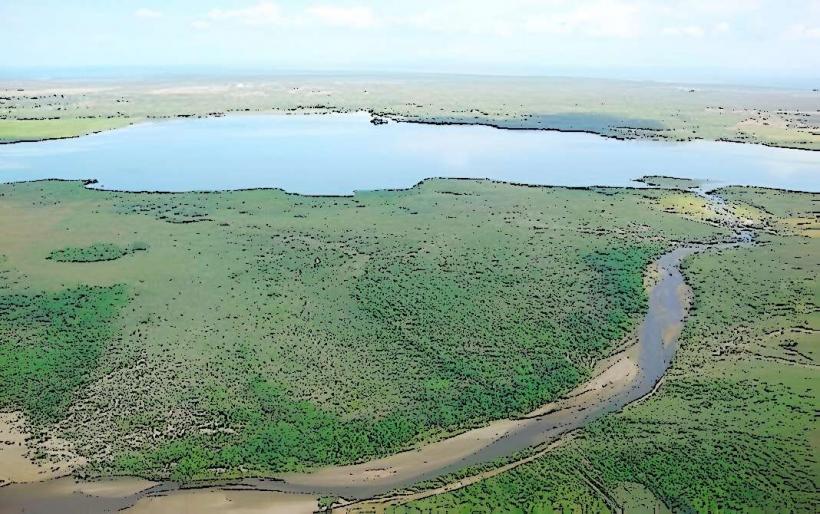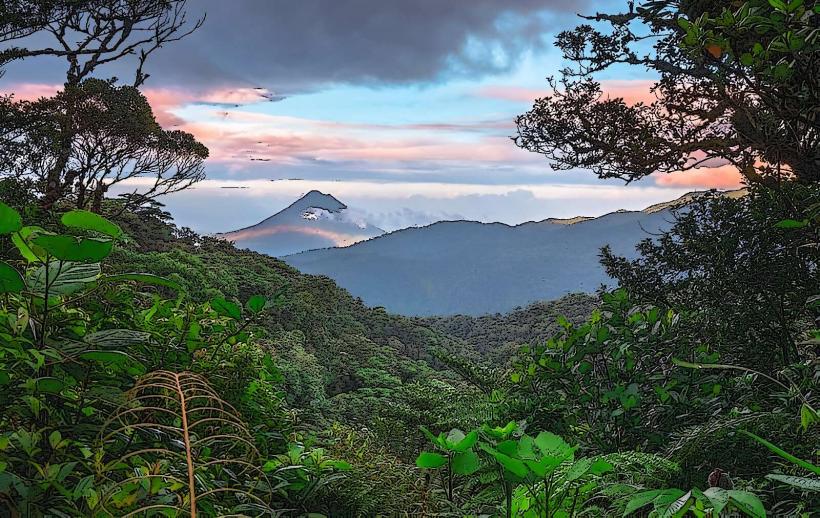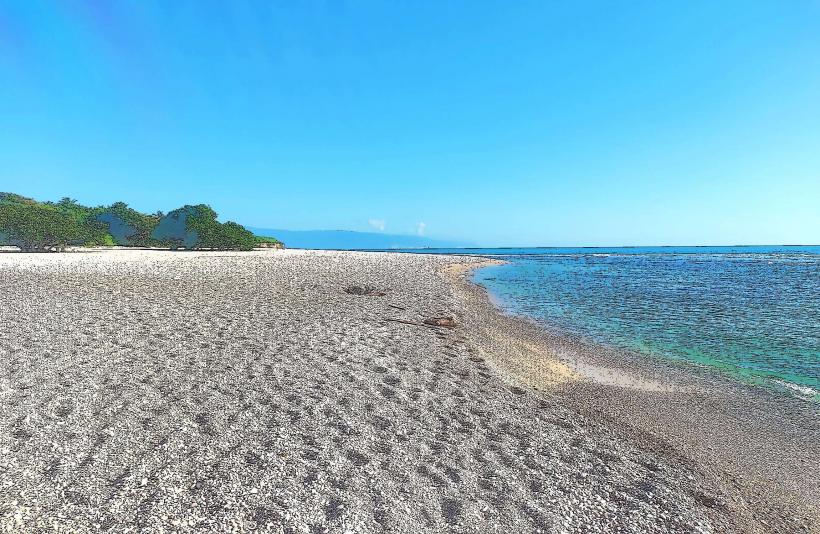Information
Landmark: Cueva de los PescadoresCity: Barahona
Country: Dominican Republic
Continent: North America
Cueva de los Pescadores (Cave of the Fishermen) is a fascinating natural attraction located in the Barahona Province of the Dominican Republic, specifically near the coastal area of Bahía de las Águilas, within Jaragua National Park. This cave is known for its stunning rock formations, historical significance, and unique ecological environment, making it a popular spot for adventure seekers and nature enthusiasts.
Here’s a detailed overview of Cueva de los Pescadores:
Location and Accessibility
- Geographical Position: The cave is situated along the southern coast of the Dominican Republic, in the Barahona Province, close to the Bahía de las Águilas area. It lies within the protected boundaries of Jaragua National Park, a significant ecological reserve known for its biodiversity and natural beauty.
- Access: The cave is accessible by boat from Bahía de las Águilas, and visitors typically need to arrange a guided tour to reach the site. The boat ride offers stunning views of the coastline and the Caribbean Sea. Once on land, visitors can walk to the cave’s entrance, where they can explore its interior.
Features and Attractions
- Natural Cave: Cueva de los Pescadores is a large limestone cave that has been shaped over thousands of years by the natural processes of erosion. The cave features dramatic stalactites and stalagmites, which are mineral formations that have developed due to the slow dripping of water through the limestone.
- Historical Significance: The cave’s name, “Cueva de los Pescadores,” translates to “Cave of the Fishermen,” and it is believed to have been used by local fishermen for shelter and protection from storms in earlier times. The cave's proximity to the sea made it an ideal place for fishermen to seek refuge.
- Cave Paintings: Inside the cave, visitors may also see ancient petroglyphs and rock paintings left by the indigenous Taino people, who once inhabited the region. These markings offer valuable insight into the cultural and historical heritage of the Dominican Republic and are an important part of the country's indigenous legacy.
- Ecological Importance: The cave is part of the larger Jaragua National Park, which is home to diverse ecosystems, including tropical forests, wetlands, and coastal habitats. The surrounding area supports a wide range of flora and fauna, including endemic species, making it an important ecological site for conservation and biodiversity.
Activities and Exploration
- Cave Exploration: Visitors to Cueva de los Pescadores can take guided tours to explore the cave’s interior. The cave's relatively easy access and fascinating rock formations make it an excellent location for visitors interested in geology, history, and adventure.
- Boating and Coastal Views: To reach the cave, visitors often enjoy a boat trip along the beautiful coastline of Bahía de las Águilas, offering scenic views of the Caribbean Sea and the Sierra de Bahoruco mountains. The surrounding landscape is pristine, with untouched beaches and rugged terrain, making the journey to the cave itself a memorable experience.
- Wildlife Viewing: The area around the cave is rich in biodiversity, and visitors can observe a variety of wildlife species, including tropical birds, marine life, and lizards. The nearby waters are home to various fish species, and the cave is often visited by local fishermen who continue to use the coastline for their trade.
Environmental Preservation
- Jaragua National Park: As the cave lies within Jaragua National Park, it is part of a protected area that aims to preserve the region's natural beauty and biodiversity. The park is home to various endangered species and ecosystems, and efforts are in place to maintain the ecological balance of the area.
- Conservation Efforts: Due to its ecological significance, conservation efforts are underway to protect the cave and surrounding areas from over-tourism and environmental degradation. Maintaining the integrity of the cave’s petroglyphs and natural features is a priority for local authorities and conservation organizations.
Nearby Attractions
- Bahía de las Águilas: The Bahía de las Águilas beach is one of the Dominican Republic’s most beautiful and remote beaches, with its white sands and crystal-clear waters. It is a short boat ride away from the cave and a must-see destination for visitors in the area. Bahía de las Águilas is part of Jaragua National Park and offers opportunities for swimming, snorkeling, and enjoying the surrounding natural beauty.
- Lake Enriquillo: Lake Enriquillo, located not far from the cave, is the largest lake in the Dominican Republic and the Caribbean. The lake is notable for its high salinity and is home to American crocodiles and a variety of bird species, including flamingos. It is another important natural attraction in the Barahona region.
Conclusion
Cueva de los Pescadores is a captivating natural and historical site in the Dominican Republic, offering visitors the opportunity to explore a beautiful limestone cave, view ancient petroglyphs, and appreciate the surrounding coastal landscapes. Its proximity to Bahía de las Águilas and Jaragua National Park makes it an excellent addition to any nature-focused itinerary in the Barahona Province. Whether you're interested in geology, history, or simply enjoying the stunning scenery of the region, the cave provides a unique and memorable experience in one of the Dominican Republic's most pristine and beautiful areas.

